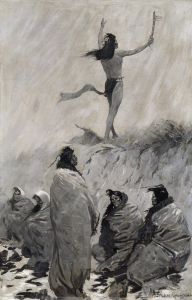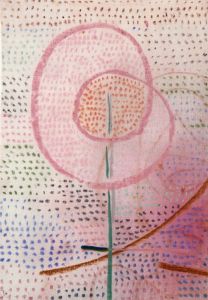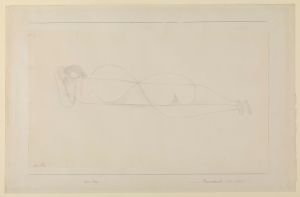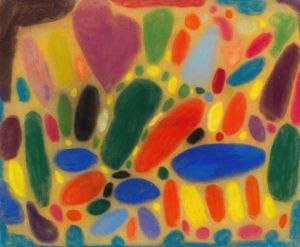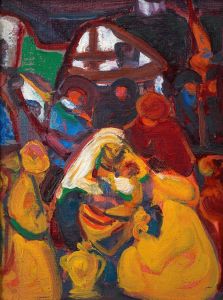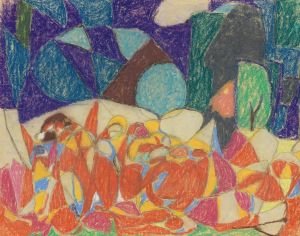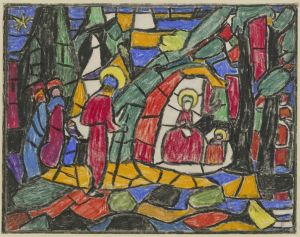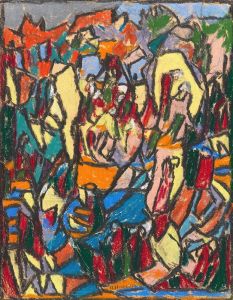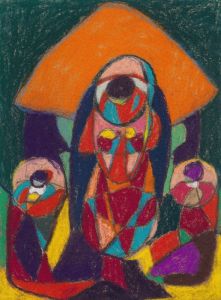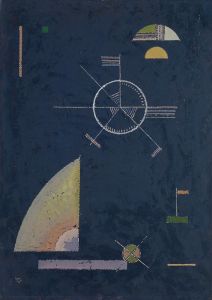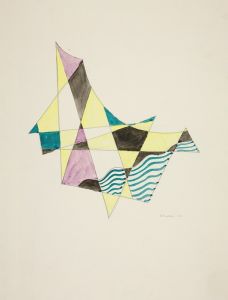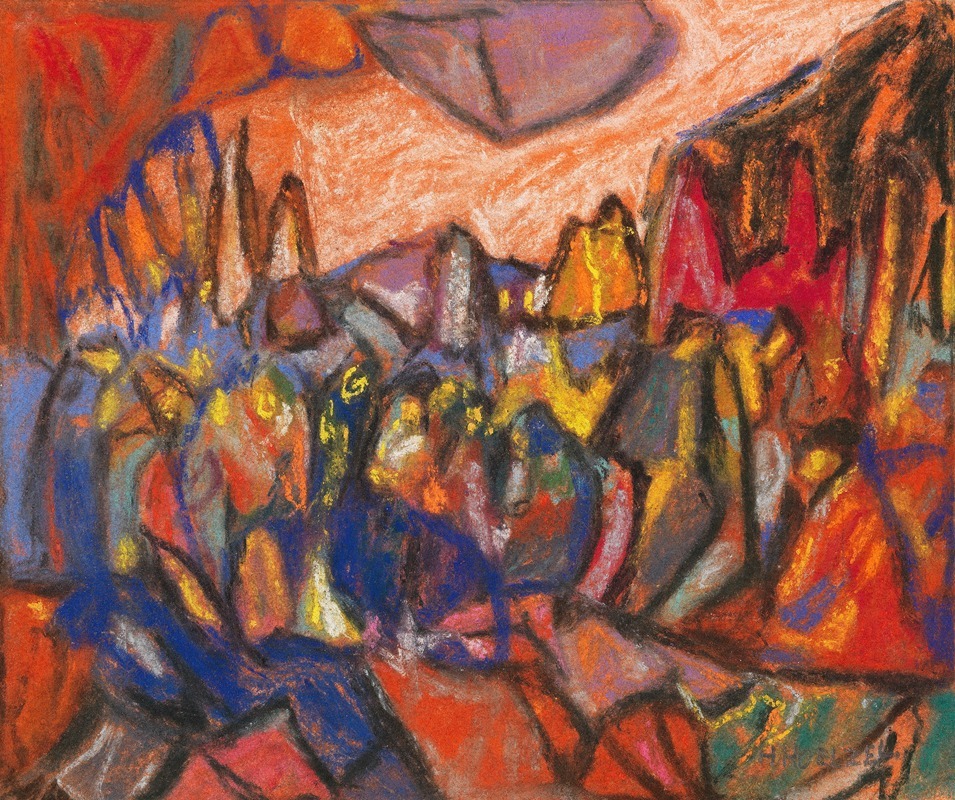
Komposition
A hand-painted replica of Adolf Hölzel’s masterpiece Komposition, meticulously crafted by professional artists to capture the true essence of the original. Each piece is created with museum-quality canvas and rare mineral pigments, carefully painted by experienced artists with delicate brushstrokes and rich, layered colors to perfectly recreate the texture of the original artwork. Unlike machine-printed reproductions, this hand-painted version brings the painting to life, infused with the artist’s emotions and skill in every stroke. Whether for personal collection or home decoration, it instantly elevates the artistic atmosphere of any space.
Adolf Hölzel (1853–1934) was a German painter and art theorist, recognized as a pioneer of modern abstract art. His work "Komposition" is one of his notable contributions to the development of abstraction in early 20th-century art. Hölzel's artistic philosophy emphasized the importance of form, color, and composition over representational accuracy, aligning him with the broader movements of modernism and abstraction.
"Komposition" exemplifies Hölzel's exploration of non-representational art, where the arrangement of shapes and colors takes precedence over depicting recognizable subjects. The painting reflects his interest in the interplay between geometric forms and vibrant hues, creating a sense of rhythm and harmony. Hölzel believed that art should evoke emotional and spiritual responses through its formal elements rather than through narrative or figurative content.
Hölzel's career was marked by his role as a teacher and theorist. He taught at the Stuttgart Academy of Fine Arts, where he influenced a generation of artists, including prominent figures like Oskar Schlemmer and Johannes Itten, who later became key contributors to the Bauhaus movement. Hölzel's theories on color and composition were groundbreaking, and he is often credited with laying the groundwork for abstract art in Germany.
While specific details about the creation date or context of "Komposition" are not widely documented, the painting is representative of Hölzel's mature style, which he developed during the early 20th century. His works from this period often feature bold, dynamic arrangements of abstract forms, reflecting his belief in the spiritual power of art.
Hölzel's contributions to modern art were not limited to his own paintings. His theoretical writings and teaching methods had a lasting impact on the development of abstract art in Europe. He advocated for the autonomy of artistic elements, such as line, shape, and color, and his ideas resonated with many avant-garde artists of his time.
Today, "Komposition" is appreciated as an example of Hölzel's innovative approach to art and his role in the transition from traditional to modernist aesthetics. His work continues to be studied for its historical significance and its influence on the evolution of abstract art.





